Advertiser Disclosure: Eye of the Flyer, a division of Chatterbox Entertainment, Inc., is part of an affiliate sales network and and may earn compensation when a customer clicks on a link, when an application is approved, or when an account is opened. This relationship may impact how and where links appear on this site. This site does not include all financial companies or all available financial offers. Opinions, reviews, analyses & recommendations are the author’s alone, and have not been reviewed, endorsed, or approved by any of these entities. Some links on this page are affiliate or referral links. We may receive a commission or referral bonus for purchases or successful applications made during shopping sessions or signups initiated from clicking those links.
The Airbus 220 — a small-ish plane Delta introduced into its fleet this year — received ETOPS certification from Transport Canada.
So do you think we’ll ride A220s across the ocean?
Delta and JetBlue added East Coast to London flights operated by narrow-body aircraft. Southwest flies 737s from California to Hawaii. Is this a trend you like?
Fuel efficiency is vital to airlines. It’s one of the reasons planes with more than two engines (think 747, DC-10, MD-11) have either been phased out or are in the process of retiring to the desert. Even the A380’s days are limited (though it won’t be “extinct” for another decade or so).
We’re seeing more ETOPS-certified aircraft now. (ETOPS is an acronym for “Extended-range Twin-engine Operational Performance Standards” — or another variation of that phrase. To put it very simply, these planes with two engines can fly a long distance but still divert to an airport more than at least an hour away if one engine goes out during flight).
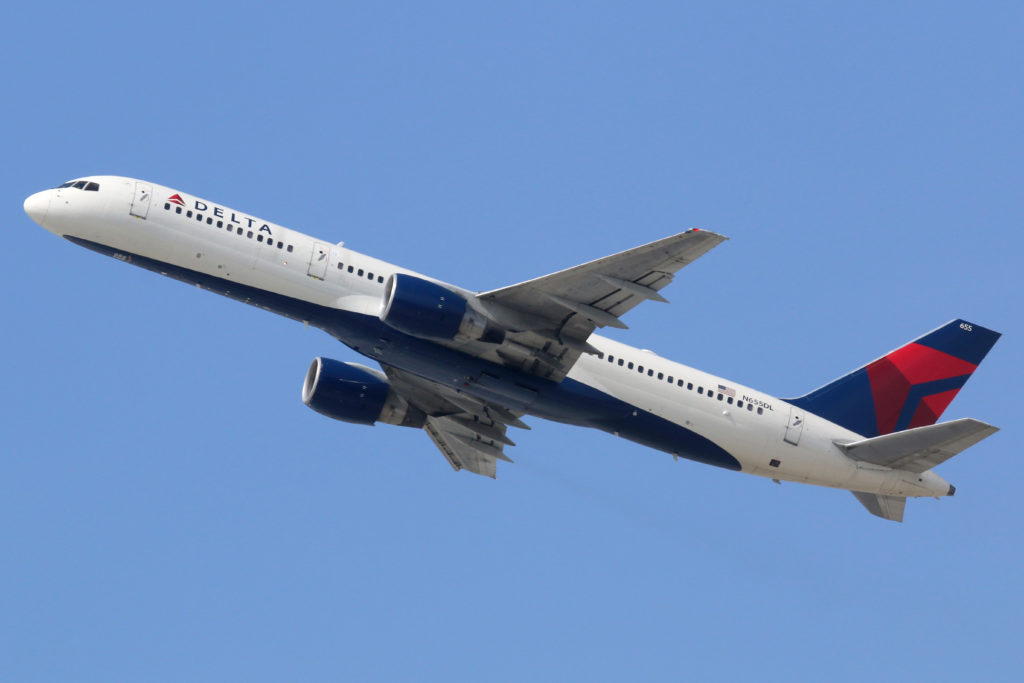
Twin-engine wide-body planes such as A330s, A350s, Boeing 767s, 777s — you get the drift — are ETOPS-certified. But several narrow-body aircraft are, too.
British Airways operates an Airbus 318 — smaller than even an A319, naturally — on a nonstop route from New York JFK to London City. (The return flies London City to Shannon to JFK). And it seems like pretty sweet ride, too.
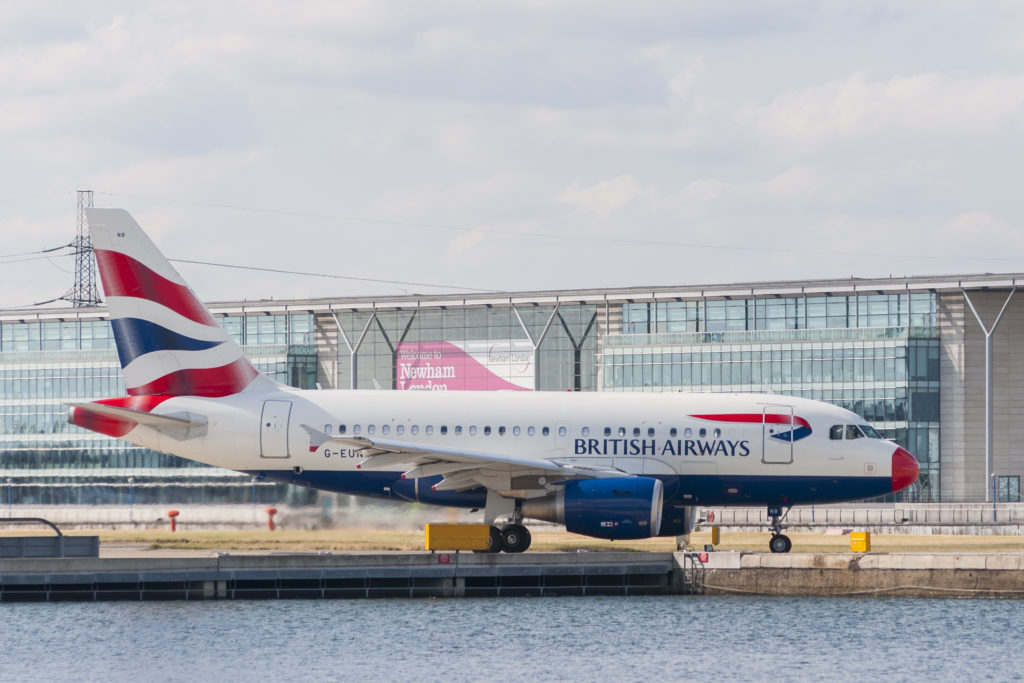
Delta will fly 757s between Boston and London Gatwick when that service launches in May 2020. Delta also operates 757-200s for its seasonal service from JFK to the Azores’ Ponta Delgada. (You may remember this route from a rough landing last month that damaged the plane.)
If I remember correctly, though, Delta flew 757s to at least one other European destination a while ago. (Anyone remember what they were/it was?)
And many airlines — including Delta — fly 737s or 757s to Hawaii. (My first trip to Hawaii almost 25 years ago was aboard a Northwest DC-10!)
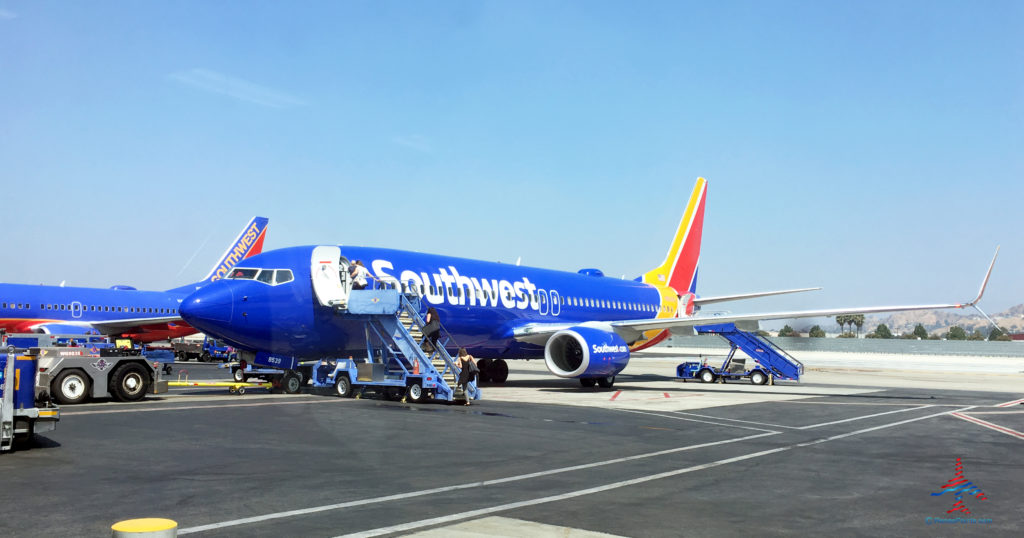
Long haul routes bear a certain prestige — and wide-body planes sort of, well, embody that. But less expensive, small aircraft that can fly the same routes and not guzzle as much fuel may be more appealing to airlines. Especially if they can fly more often — and increase passenger load.
Why I Like Wide Bodies for Long Distance Flights
More Upgrade Space
Widebodies naturally have more first class seats than narrowbodies. This gives us better chances of using Global Upgrade Certificates. (Or comparable tokens on other airlines.)
Not As “Closed In”
When flying coach for more than five or six hours in a narrow body (such as from New York or Boston to Los Angeles), I personally start to feel claustrophobic. Widebody planes and their size help alleviate some of that.
What About Delta and Narrow Bodies?
Delta’s invested plenty of money into A330-900neo and A350-900 aircraft, not to mention upgrading the 767-400s.
Interestingly, though, the mothership also has a hundred A321neos on order, with deliveries starting next year. Do you think we’ll see the A321neos flying transcontinentals? Or even transatlantic flights?
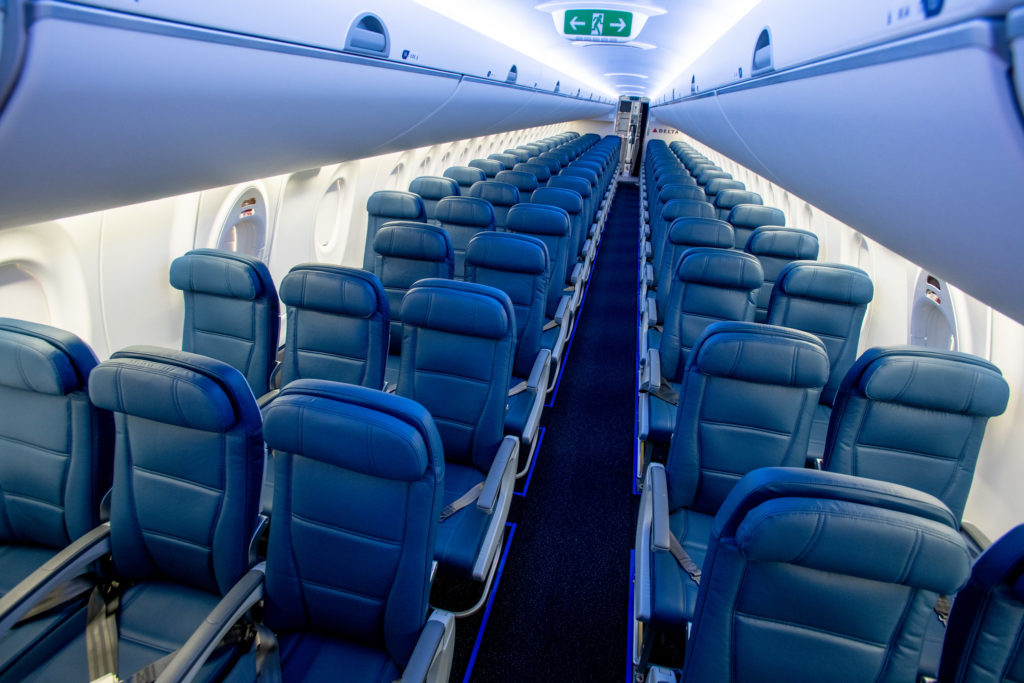
As for the A220, its maximum range is a little over 3800 miles — about 900 miles more than a Boston to Shannon hop. And a London to a New York test was successfully completed by an A220.
I doubt it — but wouldn’t be entirely surprised.
What Do You Think?
Just for conversation sake: would you prefer more overseas frequency — but on narrow-body aircraft if distance and gate slots (and space) permit? Or do you like less frequent flights — but on wide-body planes? Would you fly an A220 on a transatlantic flight?
Tell us your thoughts in the Comments section below!
–Chris
Cover image: Chris Rank/Rank Studios 2018 via Delta News Hub/Flickr
Advertiser Disclosure: Eye of the Flyer, a division of Chatterbox Entertainment, Inc., is part of an affiliate sales network and and may earn compensation when a customer clicks on a link, when an application is approved, or when an account is opened. This relationship may impact how and where links appear on this site. This site does not include all financial companies or all available financial offers. Opinions, reviews, analyses & recommendations are the author’s alone, and have not been reviewed, endorsed, or approved by any of these entities. Some links on this page are affiliate or referral links. We may receive a commission or referral bonus for purchases or successful applications made during shopping sessions or signups initiated from clicking those links.


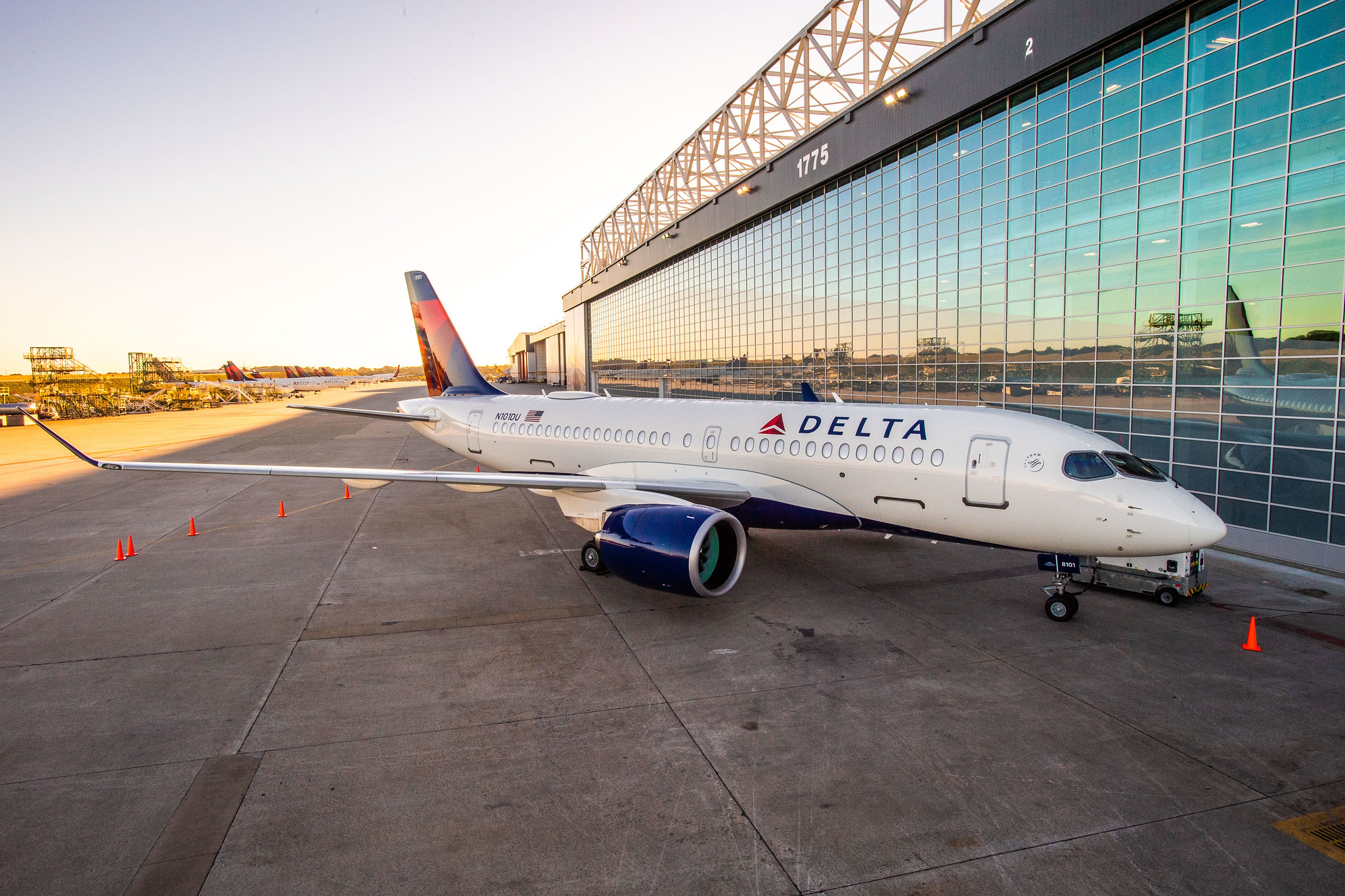
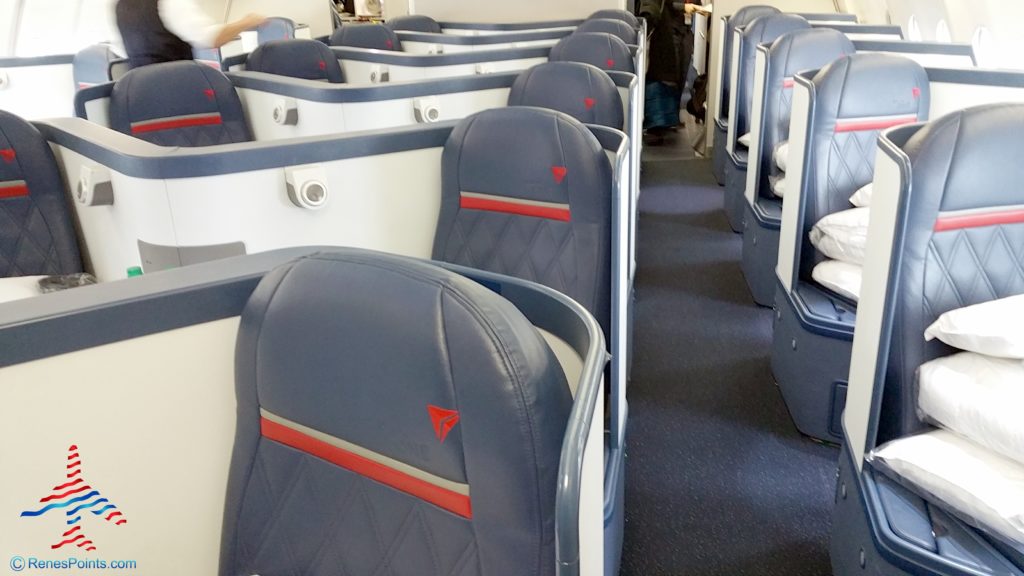









DL flies 752’s to SNN and EDI from JFK.
Engines Turn Or People Swim. Shannon is a possibility but London is impossible, wouldn’t have enough reserve.
I would, if it were comfortable. I wonder if they would try to do lie-flat beds? Maybe bunk beds! Ryan, it says it completed a flight between London and New York. Maybe that was added after you wrote your comment?
I recently took a DL A220 from SLC to SFO. The ambient noise is quite loud. I mentioned it to the FA and she and her crew felt the same way. Don’t forget to bring your over-the-ear headphones.
Have flown JFK to Manchester, UK several times in years past on 752s.
Just completed RT on new A220. FC seats Ok but not plush. Bulkhead seat even less leg room than 737 etc. but recline seemed better. Main cabin seats had enough leg room (6’2”) or at least as much as 737 etc. Worst part is plane is VERY noisy taking off, in flight and landing – nose canceling earbuds not included :-).
Delta used to fly 752s from PHL to CDG and LHR
And all this time, i thought ETOPS was short for “engines turn off people swim”
I think what this will open up is a lot more long and thin routes – whether it means increased frequency on larger hubs, or direct transoceanic from small hubs or focus cities.
I’d be curious to see if these will get adopted for the more “out there” ETOPS flying like long, thin routes in the south pacific, presently dominated by infrequent 737 service.
There was Delta Service from FRA to JFK and from CDG to RDU with Boeing 757.
I remember flying a Delta 757 from Copenhagen to JFK about three years ago.
I couldn’t imagine flying an A220 from the US to Europe, I would feel claustrophobic! I think Delta will more likely use the A220 ETOPs extended over-water range for flights to the Caribbean and Central America. How many seats does the A220 have, 110? If they did decide to use it for trans-Atlantic flying it would dramatically cut down the wait time in customs lines!
The A220 already has completed a direct flight from London City Airport to North America with an equivalent of a full payload. This was after it completed Certification flying (as the CSeries) to operate into Docklands (It requires a Steep Approach to land there and has very restrictive ground operation requirements).
I DO NOT like the idea of a trans-continental flight on a narrow-body. I’d much prefer fewer flights on larger aircraft. A wide-body if just more comfortable.
I disagree about the comfort. I find some of the narrow bodies like the CRJ900 to be more comfortable. The comfort is a function of the seats and the airline’s care for customer, not of the size of the plane. The airlines can order what they like to go inside the cabin.
I would much rather fly on a bigger plane although there are less flights….I will never fly on small planes ever!!!!